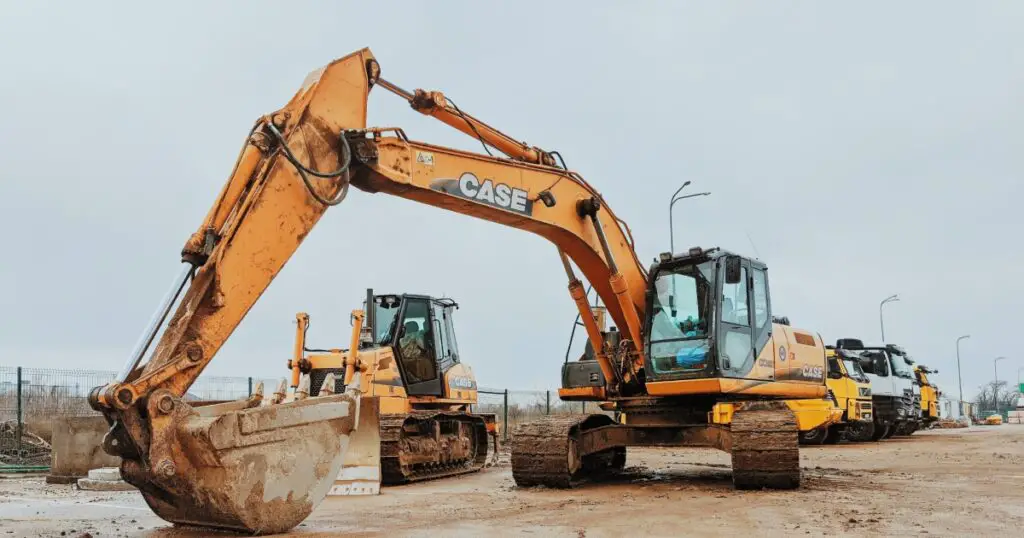- The infrastructure sector in Kenya has made major progress in the last six months, with activity reaching an all-time high
- The second phase of the expansion of Mombasa Port was completed in June 2022, with the government reverting port activities into the port in September 2022 from Naivasha
- Kenol-Marua Road is a section of Africa’s Great North Road, and its expansion is expected to improve bilateral trade between Kenya and landlocked Ethiopia
- Improvements to Terminal 1B of Jomo Kenyatta International Airport were completed during the review period
Kenya’s infrastructure sector has made major progress in the last six months, with activity reaching an all-time high.
For starters, the second phase of the expansion of Mombasa Port was completed in June 2022. As a result, the government reverted port activities to the Port of Mombasa in September 2022 from Naivasha.
According to the Kenya Market Update report by Knight Frank, the move is expected to be an economic stimulus to the Coastal City of Mombasa and reduce importation costs.
During the six months under review, the government also revived plans to extend the standard gauge railway (SGR) to Malaba via Kisumu. From the initial plan, this was to be Phase 2B of the Kenya SGR project. The railway was to pass through Narok-Bomet-Kisumu, then from Kisumu through Yala to Bumula and Malaba.
Road construction in Kenya
According to the report, the Northern Corridor is the busiest and most important trade and transport network in Eastern Africa and needs to be monitored constantly and upgraded.
To that end, the Rironi-Mau Summit Road is part of this Northern Corridor and is planned for redevelopment into a four-lane road via a public-private partnership (PPP) between the Government of Kenya and a consortium of French multinationals.
The 175 km road, together with the 57.8 km Rironi-Naivasha Road, will be repaired and maintained for
30 years. The project got a boost, with the AfDB committing $150 million to the project and the World Bank Group expressing interest in offering a partial guarantee of the construction costs through the International Development Association (IDA). At the same time, IFC will act as an investor.
The project is budgeted to cost $1.4 billion, which will be recouped through tolls (making this the second
toll road after Expressway) collected for at least 30 years.
Kenol-Marua Road is a section on Africa’s Great North Road, and its expansion is expected to improve bilateral trade between Kenya and landlocked Ethiopia.
The road project, which had an initial budget of KSh 17 billion financed through a PPP between the African Development Bank (AfDB) and the Kenyan government, is 70% complete.
Eastern Bypass, a road artery designed to ease traffic in Nairobi’s CBD, connects Mombasa Highway with Thika Superhighway.
The 27.8 km road has been undergoing expansion activities estimated at KES 12.5 billion and funded by a PPP between the Kenyan government and China Communications Construction Company (CCCC). The project is estimated to be completed in Q1 2023.
Over the review period, Ngong Road- Lang’ata link Road was completed. The 5 km long link road had a budget of circa KES 2.5 billion and connects Ngong Road and Lang’ata Road, opening up Kilimani and Karen suburbs of Nairobi City.
Improvements to Terminal 1B of Jomo Kenyatta International Airport were completed during the review period. Terminals 1B and 1C were scheduled for redevelopment in 2021 at the cost of cash KSh 963 million. The new terminal is set to serve customers better and improve their experiences. Terminal 1C is yet to open.
Special economic zones in Kenya
Special economic zones (SEZ) have been rising in Kenya as the government aims to attract investors into favourable business environments. Construction of the Naivasha SEZ broke ground in August. The SEZ is 162 hectares and is owned by Turkish Industry Holdings, hence dubbed ‘Turkish Industrial Zone’.
The construction of the $750 million project will probably slow down after the relocation of port activities from Naivasha to Mombasa, significantly reducing the proposed SEZ’s economic viability.
Meanwhile, the Dongo Kundu SEZ is expected to be operational in early 2025. The project is a PPP between the Kenyan government and the Japan International Cooperation Agency (JICA). Dongo Kundu SEZ would, among others, comprise an export-processing zone, industrial parks, free trade zones, exhibition spaces and conference rooms.

